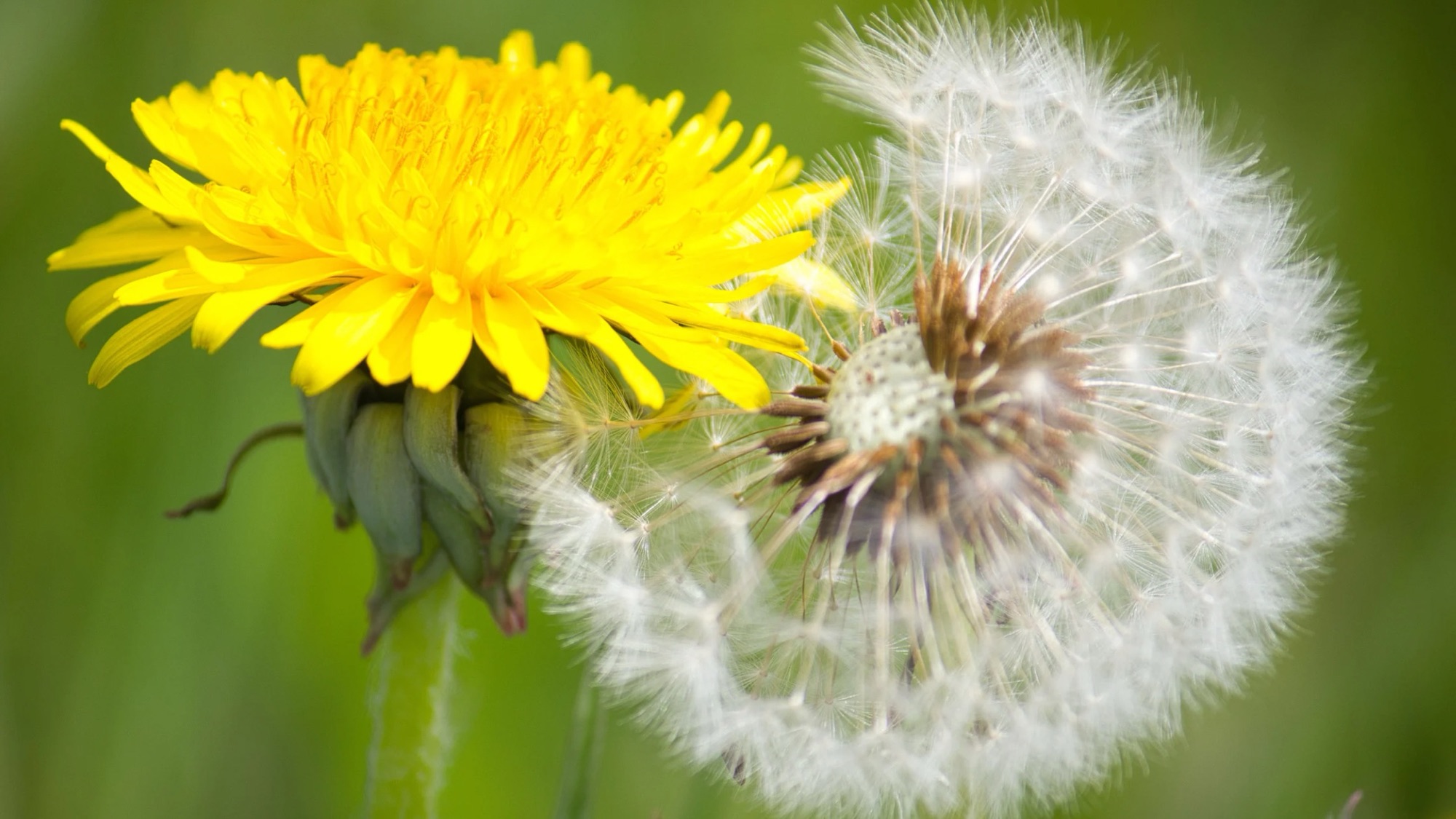Spider Plant (Chlorophytum comosum): The Timeless Beauty with Air-Purifying Grace
Introduction: Spider Plant, scientifically known as Chlorophytum comosum, is a timeless and beloved houseplant cherished for its graceful arching leaves and air-purifying qualities. Native to South Africa, this resilient beauty has been a favorite among indoor gardeners for generations, thanks to its easy care and attractive appearance. In this detailed article, we will delve into the captivating history of the Spider Plant, its versatile uses, and provide comprehensive guides on how to grow and propagate this enduring classic of indoor horticulture.
1. A Glimpse into History:
The Spider Plant has a rich history dating back centuries. It was first introduced to Europe in the 19th century and quickly gained popularity as a prized ornamental houseplant. Its common name, “Spider Plant,” is derived from the baby plantlets, or “spiderettes,” that dangle from the parent plant like tiny spiders on delicate threads.
2. Versatile Uses:
- Air-Purifying Champion: The Spider Plant is an outstanding air purifier, effectively removing toxins such as formaldehyde and xylene from indoor air, making it an excellent choice for improving air quality.
- Trailing Beauty: Its arching, variegated leaves create an elegant cascading effect, making it a favored choice for hanging baskets, shelves, and plant stands.
- Low Maintenance Décor: The Spider Plant’s resilience and adaptability to a variety of indoor conditions make it a top pick for both seasoned gardeners and beginners.
- Light Requirements: Spider Plants thrive in bright, indirect light, but they can tolerate lower light conditions. Avoid placing them in direct sunlight, as it may scorch their leaves.
- Soil and Potting: Use well-draining soil, such as a standard potting mix with perlite or sand added to ensure good drainage.
- Watering: Spider Plants prefer even moisture and should not be allowed to completely dry out between waterings. However, they are forgiving and can withstand occasional drying.
- Temperature and Humidity: Spider Plants adapt well to average room temperatures and do not require high humidity levels, making them suitable for various indoor environments.
- Spiderettes: Propagating the Spider Plant is a breeze with its spiderettes. Once the baby plantlets develop roots, they can be snipped off and potted in their own containers.
- Stem Cuttings: You can also propagate Spider Plants through stem cuttings. Cut a healthy stem with at least a few leaves, remove the bottom leaves, and place it in water or well-draining soil.




